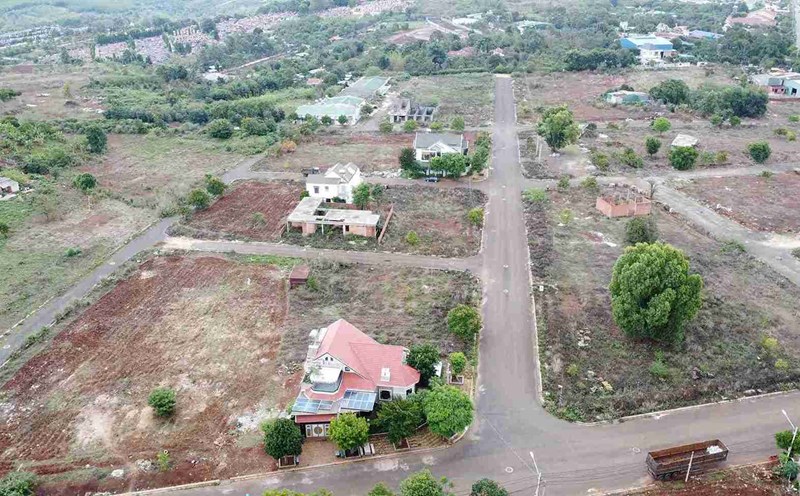Opening the session today (28.5), with the support of the quartet of Vingroup family, the stock market has increased at the beginning of the session and sometimes tried with the threshold of 1,350 points. However, the profit supply takes place strongly, while the demand force is not really confident, causing the market to cool down at the end of the session.
At one point, the VN-Index was pushed below the reference. However, thanks to good support from Vingroup stocks with a contribution of more than 4.6 points to the VN-Index, at the end of the session, the VN-Index still maintained its green color, recording the 4th consecutive increase.
At the end of the session on May 28, the VN-Index increased by 2.06 points, to 1,341.87 points. The HNX-Index increased by 1.77 points, to 223.56 points. The UPCoM-Index increased by 0.46 points to 98.6 points.
Liquidity in the market remains high, although it decreased slightly compared to the previous session, with the total liquidity value on all 3 exchanges reaching nearly VND 24,900 billion (nearly USD 1 billion). On HoSE alone, liquidity reached nearly VND22,300 billion, down more than VND2,700 billion compared to the previous session.
Vingroup's VIC stock price increased by 2.65% to VND 97,000/share, leading the group pulling the main index VN-Index. Followed by 2 Vin family stocks, including: VHM +1.88% and VRE +5.53%.
Their remaining stock Vin on HoSE, Vinpearl's VPL stock, also had a strong change, when successfully breaking the streak of 5 consecutive sessions of decline. At the end of the session on May 28, VPL's stock price increased by 0.92% to VND 88,000/share, bringing the company's market capitalization to more than VND 157,810 billion.
In addition to Vin family stocks, energy stocks also became a bright spot. In addition, there are a series of large-cap stocks that have "taken the lead" to increase sharply. In the opposite direction, red is concentrated in key industry groups, such as: banking, transportation, construction, production, etc.
Foreign investors maintained their net selling momentum on the HoSE for the fourth consecutive session, with a value of nearly 200 billion VND. Of which, the foreign market sold the most were VCI shares with a value of VND 101.1 billion. Followed by VNM shares (82.29 billion VND), VCB shares (62.39 billion VND),...
In the buying direction, foreign investors have the strongest collection of VHM shares with a value of VND 123.31 billion. Followed by DXG shares (79.47 billion VND), MWG shares (63.12 billion VND), NLG shares (49.19 billion VND), ...
Since the session on April 9, 2025, when information about President Donald Trump's counterpart taxes caused the Vietnamese stock market to fall sharply and the VN-Index to fall sharply to near 1,090 points, the main index has then quickly recovered. After less than 2 months, the VN-Index increased by nearly 250 points. HOSE's equity increased by more than 1.2 million billion VND (equivalent to 47 billion USD) to 5.78 million billion VND.
The main driving force for the market to increase the destination is large-cap stocks, especially Vingroup and banking stocks. Not stopping there, cash flow then continued to spread to small and medium-cap groups. The groups of seafood, textile, logistics and real estate stocks have attracted strong money and have developed positively in the past few sessions, thereby further strengthening the increase for the VN-Index.
Attractive market valuations and a stable macro foundation are the motivation for the VN-Index to maintain the recovery trend. In addition, the operation of the KRX system also opens a turning point for the Vietnamese market to aim for market upgrading. Moreover, foreign investors have begun to disburse net purchases again since the KRX was officially put into operation.
However, investors still need to pay attention to uncertain external factors. The result of the tariff agreement with the US will have a significant impact on Vietnam's economic growth prospects this year. Therefore, investors prioritize maintaining long-term investment positions, but limit the use of leverage during this period.









